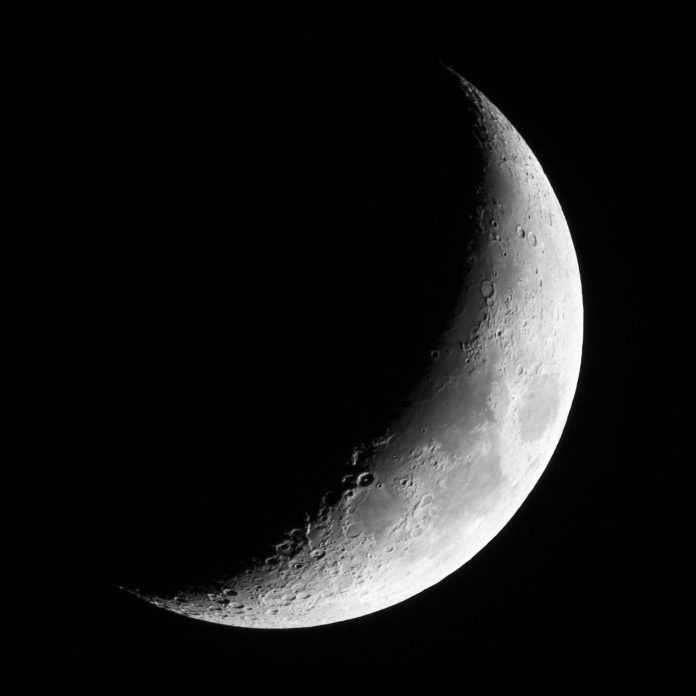High-energy electrons originating from Earth are believed to be contributing to the formation of water on the Moon’s surface, but how?
A group of scientists, under the leadership of a planetary researcher from the University of Hawai’i at Manoa, has made a groundbreaking discovery.
Unveiling the lunar water connection
They have found that energetic electrons in Earth’s plasma sheet play a significant role in the erosion processes on the Moon’s surface. More importantly, these electrons may have played a crucial role in creating water on the lunar surface. This study was recently published in the journal Nature Astronomy.
Comprehending the concentrations and distribution of water on the Moon is essential for gaining insights into its formation and development and for ensuring future human exploration has access to water resources. This recent discovery may also shed light on the origin of the water ice previously detected in permanently shaded regions of the Moon.
Earth’s protective magnetic field, known as the magnetosphere, shields our planet from space weather and the potentially harmful radiation emitted by the Sun. The solar wind interacts with the magnetosphere, causing it to reshape and extend into a long tail on the side facing away from the Sun. Within this elongated magnetic tail exists a region called the plasma sheet, comprising high-energy electrons and ions. These particles may originate from both Earth and the solar wind.
In the past, scientists primarily concentrated on the influence of high-energy ions in the space weathering of celestial bodies like the Moon. The solar wind, comprised of energetic particles such as protons, constantly bombards the lunar surface and is believed to be a key factor in the creation of water on the Moon.
Insights from Moon Mineralogy Mapper Data
Building upon his prior research, which revealed that oxygen from Earth’s magnetotail is causing iron to rust in the polar regions of the Moon, Shuai Li, an assistant researcher at the UH Manoa School of Ocean and Earth Science and Technology (SOEST), was intrigued by studying how surface weathering changes when the Moon traverses through Earth’s magnetotail.
This region offers substantial shielding to the Moon from the solar wind but not from the Sun’s light photons.
“This provides a natural laboratory for studying the formation processes of lunar surface water,” said Li. “When the Moon is outside of the magnetotail, the lunar surface is bombarded with solar wind. Inside the magnetotail, there are almost no solar wind protons, and water formation was expected to drop to nearly zero.”
A new perspective on lunar surface evolution
Li and his fellow researchers analysed remote sensing data obtained from the Moon Mineralogy Mapper instrument during India’s Chandrayaan 1 mission from 2008 to 2009. Their focus was on examining alterations in water formation as the Moon moved through Earth’s magnetotail, encompassing the plasma sheet.
“To my surprise, the remote sensing observations showed that the water formation in Earth’s magnetotail is almost identical to the time when the Moon was outside of the Earth’s magnetotail,” said Li.
“This indicates that, in the magnetotail, there may be additional formation processes or new sources of water not directly associated with the implantation of solar wind protons. In particular, radiation by high energy electrons exhibits similar effects as the solar wind protons.”
Earth is strongly tied with its Moon in many unrecognised aspect
“Altogether, this finding and my previous findings of rusty lunar poles indicate that mother Earth is strongly tied with its Moon in many unrecognised aspects,” said Li.
Water on the moon
In upcoming research endeavours, Li’s goal is to participate in a lunar mission under NASA’s Artemis program. He aims to monitor the plasma surroundings and water presence on the lunar polar surface during various phases of the Moon’s journey through Earth’s magnetotail.











